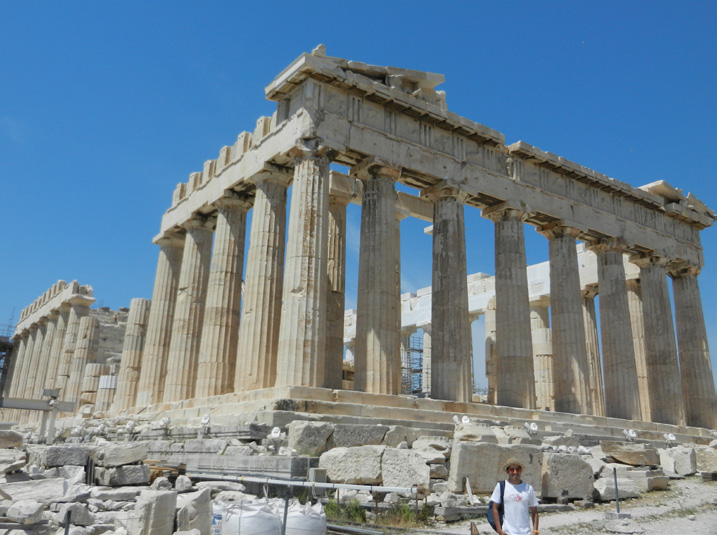
Civilizations come and go. Ours may also succumb one day. Theodore Bikel long ago recorded a whimsical piece, written by Robert Nathan, Digging the Weans, purportedly a future archaeologist’s tour of an ancient city called “Pound Laundry,” or perhaps “Washing Ton.” I myself published a vaguely similar piece online, 3000-Year-Old Sacrificial Remains Found in Far Western Regions of China. The story, which I translated from Chinese, takes place in the Fifth Millennium, long after Global Warming caused “The Great Flood.” The narrator is looking across the Mao Zedong Strait, which separates the Normandy area of China from the Churchill Islands that were formerly inhabited by tea drinkers in a land with no tea.
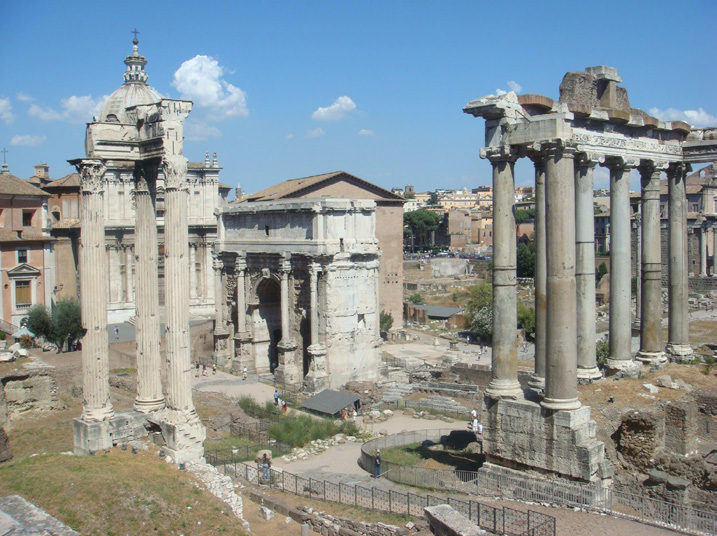
Most tourists have little interest in visiting dilapidated neighborhoods, but we love to visit the detritus of past civilizations. Although we can’t describe future changes, we definitely can look backward and try to reconstruct past societies. Many of the pieces of those puzzles, such as The Parthenon [Elgin] Marbles and The Temple of Dendur, are in the great museums of the world, but many are still in situ in sites we call “Ruins.” The list is long. There are Greek and Roman ruins in at least 20 countries; Mayan ruins in five; Khmer ruins in Cambodia, Thailand, Laos and Vietnam. I think the experience of visiting these sites is the equivalent of visiting a museum, and I think it’s reasonable to think of ruins as a type of museum. Most visitors to Rome put a higher priority on seeing the Colosseum and the Roman Forum than on the many art museums.
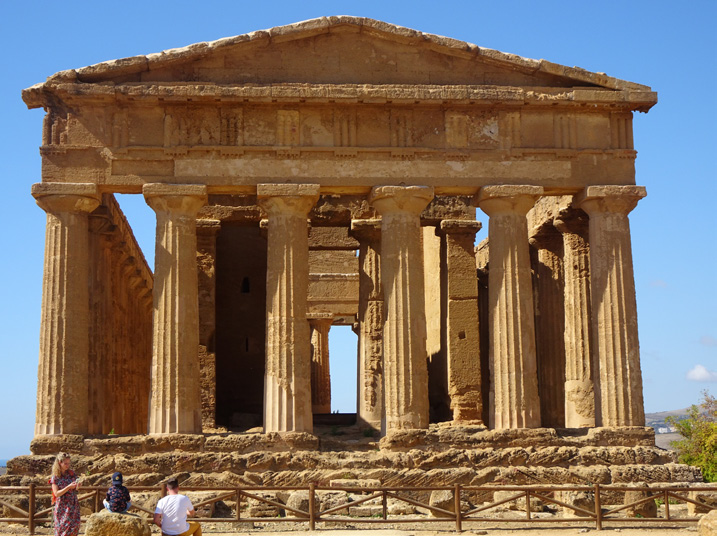
What do these ruins tell us? My first observation is that all of the ruins we have visited included temples: Greek, Roman, Buddhist, Mayan, Muslim, Hindu, Jewish, etc. Religion, anthropologists tell us, apparently served an important and almost ubiquitous function of keeping groups of people together for their mutual benefit, even if religions also stratified those societies and helped to divide the local inhabitants into haves and have-nots. For instance, in Thailand and other Buddhist societies it is common even today for monks to be supported and fed by the general population, which has always been an essential aspect of priests’ relationship with their flocks.
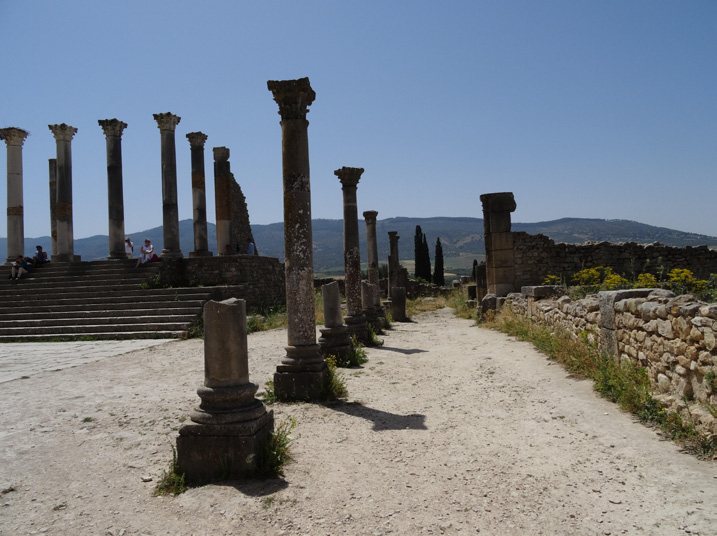
Second, I think that cross-cultural ruins are especially informative. During one trip we visited Roman ruins in Spain, Portugal and Morocco, and in all three countries there were also the remnants of Islamic culture, for example the Alhambra in Granada and the Giralda in Seville, and the influence of Islamic architecture on buildings in both Spain and Portugal. Balancing that was the “Portuguese City” in El Jadida, Morocco. In India the ruins of the minority Muslim population sit in contrast to the Hindu and Jain ruins, informing us about all three cultures in ways we can’t fully discern from books, because by seeing them in situ, the overlay of culture and geography comes to life.
Some ruins are vastly better known and more popular than others. Ayutthaya is about an hour’s drive from Bangkok but is hardly visited by tourists. The lack of crowds enhances the experience, especially compared to frenetic Bangkok. Angkor Wat, in Cambodia, an hour from there by plane, attracts so many tourists that the ruins are being damaged and the government has had to restrict the number of daily visitors and vehicles. One needs a few hours to see Ayutthaya, but three days to take in all of the ruins surrounding Angkor, the main wat (temple) in Siem Reap.
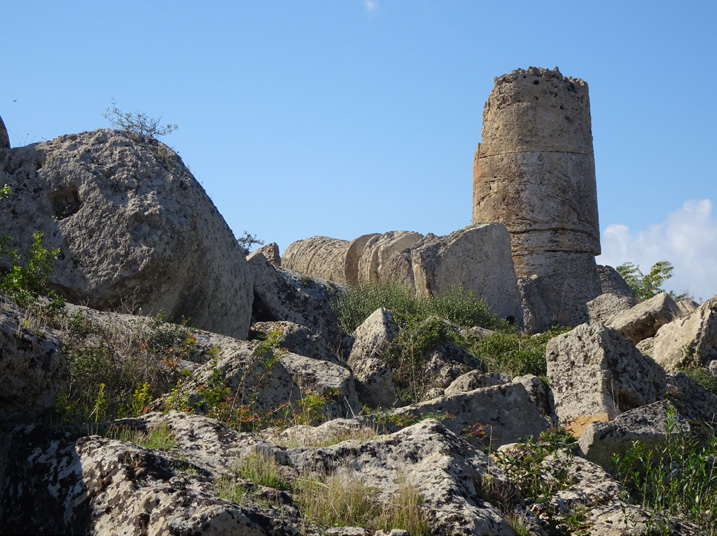
Roman and Greek ruins abound in Sicily. The most complete Greek temple extant anywhere is at Segesta. The Greek Temple della Concordia at Agrigento is magnificent to behold, while the Greek temples at Selinunte look more like ruins.
In Jerusalem we can visit sites thousands of years old that are still revered. On Crete, Arthur Evans tried to preserve the buildings he found in the ruins at Knossos by reconstructing a few, even going so far as to repaint some of them, thereby destroying their history. He detected the remains of ancient paint and decided to ‘upgrade.’ In the eyes of professional archaeologists he managed to ruin the ruins.
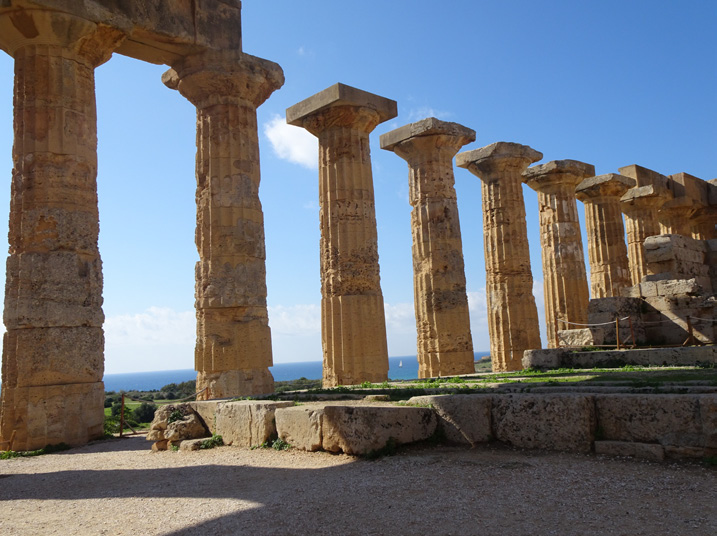
The locations of these sites tell us a great deal about the societies that built them. Most appear to have been constructed with great attention to fear of attack, with walls and moats, or high on hills or mountains. Most have been attacked and damaged by invaders, although some have simply succumbed to the weather, earthquakes and time. Some reveal the mistakes of the past, for instance using the Parthenon on Athens’ Acropolis for storing explosives, while many, including the Parthenon, have suffered from the ravages of archaeologists and illicit dealers in stolen artifacts, for instance at Angkor Wat.
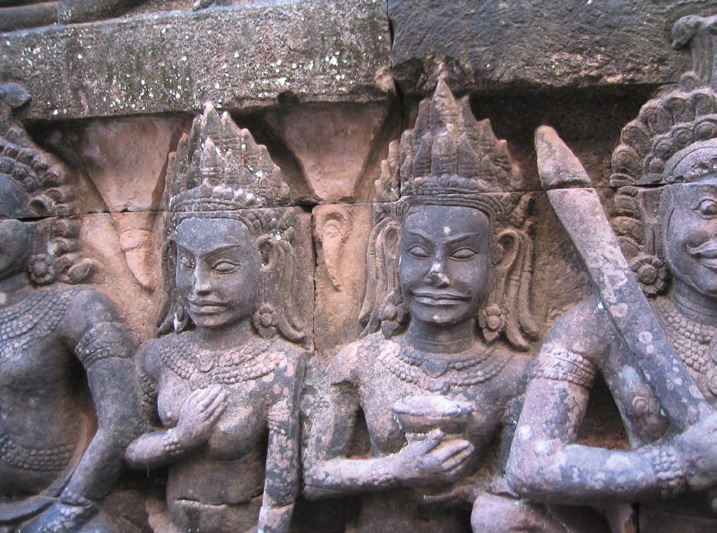
Finally, I think that visiting ruins around the world opens us to a far better understanding of ancient cultures than seeing remnants in our museums, even when archaeologists and curators have gone to enormous lengths to reconstruct what they have torn down someplace else.
At the magnificent Pergamon Museum in Berlin, the Greek temple (removed from Turkey, which wants it returned) is nearly ten stories high inside the museum and is overwhelming. On the other hand, I found meandering through the ancient city of Ephesus, still in Turkey, far more enlightening and emotionally rewarding. (However, the Pergamon also houses ruins of the ancient entrance to Babylon, which probably would not exist today if it hadn’t been removed decades ago. Pieces of it can also be found in other museums in the U.S. and Europe.)
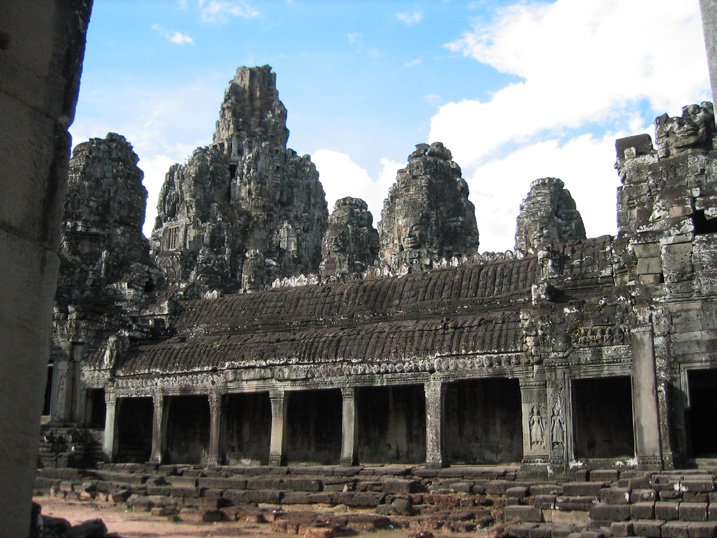
We tend to marvel at the beauty of the ruins and we find ourselves in awe of the accomplishments of ancient peoples. On one hand, it is mind-boggling to try to contemplate how such enormous temples, palaces and pyramids could have been assembled thousands of years ago without a watt of electricity or a single motor (although the treatment of the enslaved workers cannot be overlooked). But perhaps more thrilling is seeing the artistic sensibilities and capabilities of ancient peoples, some of them prehistoric.
During a conversation I had years ago at the Art Institute of Chicago with two teenage boys who had wandered inside to get out of the rain and had obviously never looked at works of art before, both were very interested in the short history of art they were treated to. One of them said, “I didn’t know people could paint 300 years ago.” I wonder what he would say about the frescoes at Pompeii or the paintings at Lascaux.
All photos by Norman A. Ross





Leave a Comment